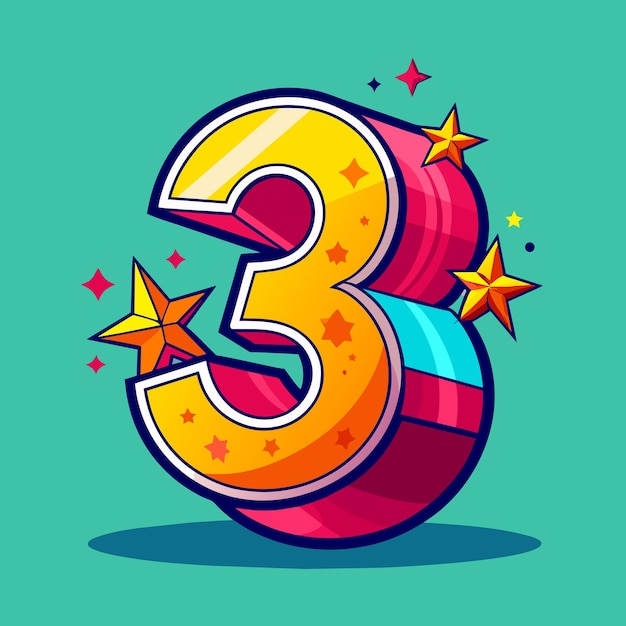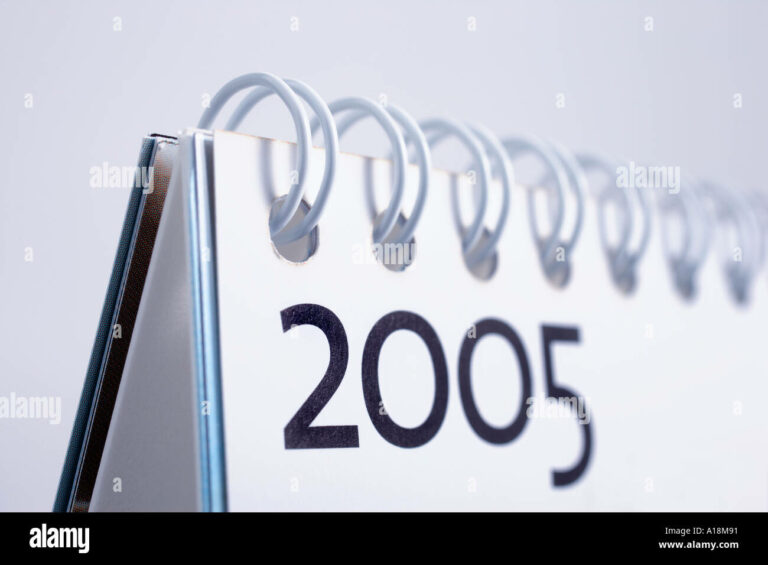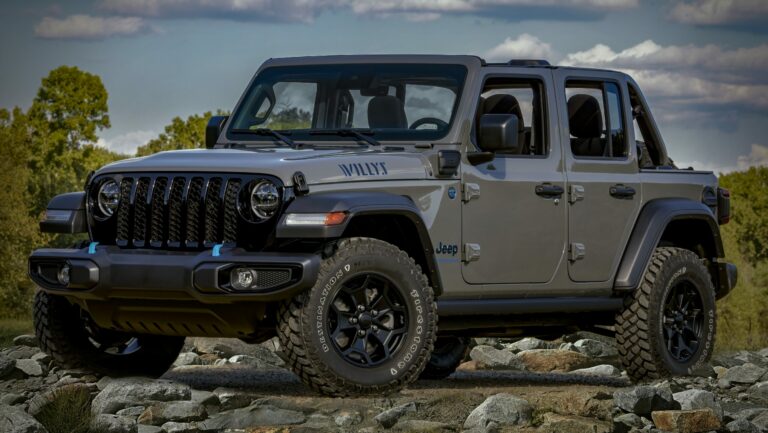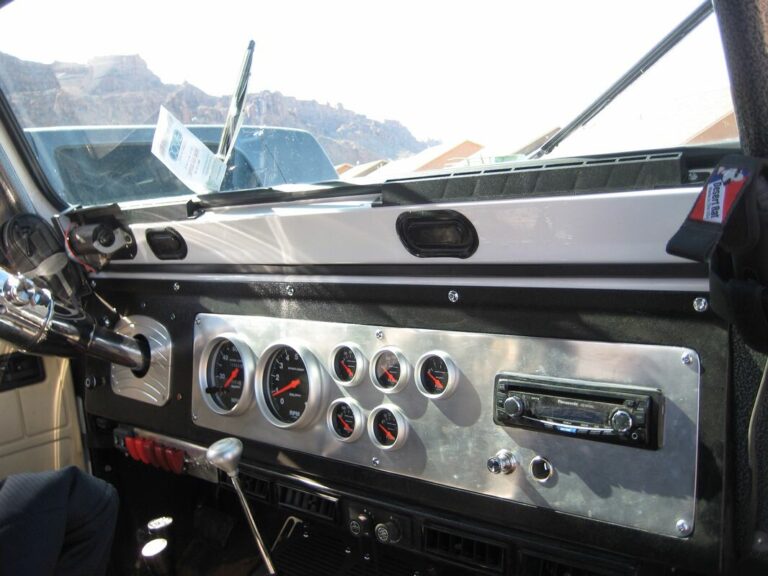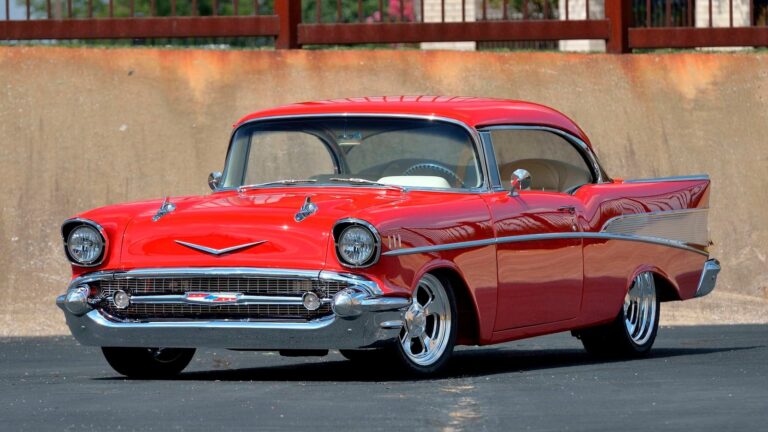3.8 Jeep Engine For Sale: Your Comprehensive Guide to Finding the Right Powerplant
3.8 Jeep Engine For Sale: Your Comprehensive Guide to Finding the Right Powerplant /jeeps.truckstrend.com
The Jeep Wrangler JK (2007-2011) holds a special place in the hearts of off-road enthusiasts, and at the core of these early models lies the 3.8-liter EGH V6 engine. While it eventually made way for the more powerful 3.6L Pentastar, the 3.8L remains a workhorse for countless JK owners. Whether you’re facing a blown engine, looking to refresh a high-mileage rig, or embarking on a restoration project, finding a reliable 3.8 Jeep engine for sale is a critical step. This comprehensive guide will navigate you through everything you need to know, from understanding the engine itself to making a smart purchase.
Understanding the 3.8L EGH V6 Jeep Engine
3.8 Jeep Engine For Sale: Your Comprehensive Guide to Finding the Right Powerplant
The 3.8L EGH V6 engine is an overhead valve (OHV) design that served as the primary powertrain for the Jeep Wrangler JK from its introduction in 2007 until 2011. It was also widely used in Chrysler minivans (Dodge Grand Caravan, Chrysler Town & Country) during the same period, making it a relatively common engine platform.
Key Specifications:
- Displacement: 3.8 Liters (231 cubic inches)
- Configuration: V6, OHV (Overhead Valve)
- Horsepower (JK Application): Approximately 202 hp @ 5,200 rpm
- Torque (JK Application): Approximately 237 lb-ft @ 4,000 rpm
- Block Material: Cast Iron
- Head Material: Aluminum
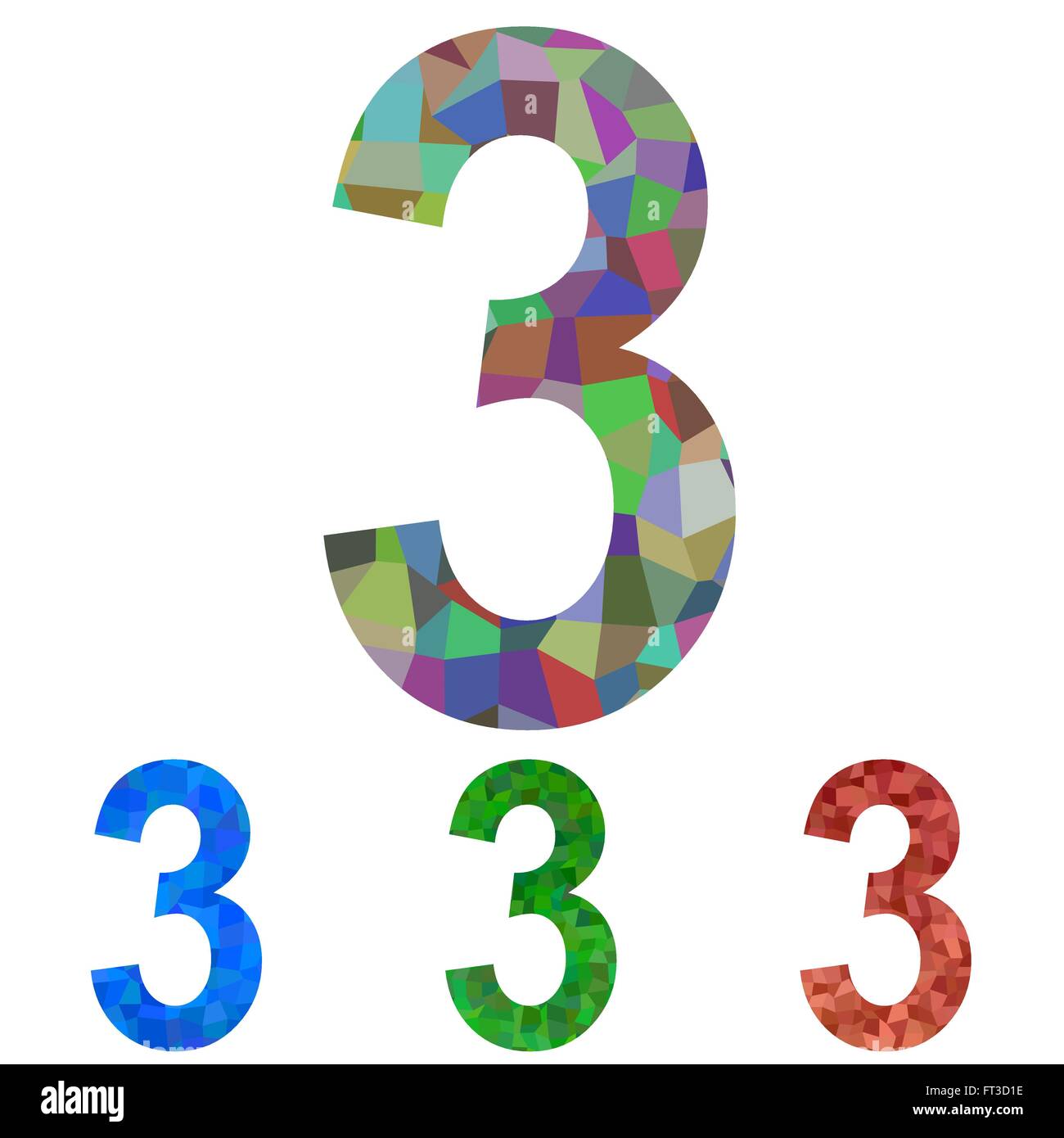
Characteristics and Reputation:
The 3.8L V6 in the JK is often characterized by its simplicity and robust, if somewhat unrefined, nature. While not a powerhouse, it delivers adequate torque for off-road crawling and daily driving, especially when paired with appropriate gearing. Common discussions around the 3.8L often touch on its tendency for oil consumption in some units, particularly at higher mileages, and occasional exhaust manifold bolt issues. However, with proper maintenance, many 3.8L engines have reliably served their owners for hundreds of thousands of miles. Its relative simplicity also means it can be easier and less expensive to work on compared to more complex modern engines.
Why Buy a 3.8L Jeep Engine? Common Scenarios
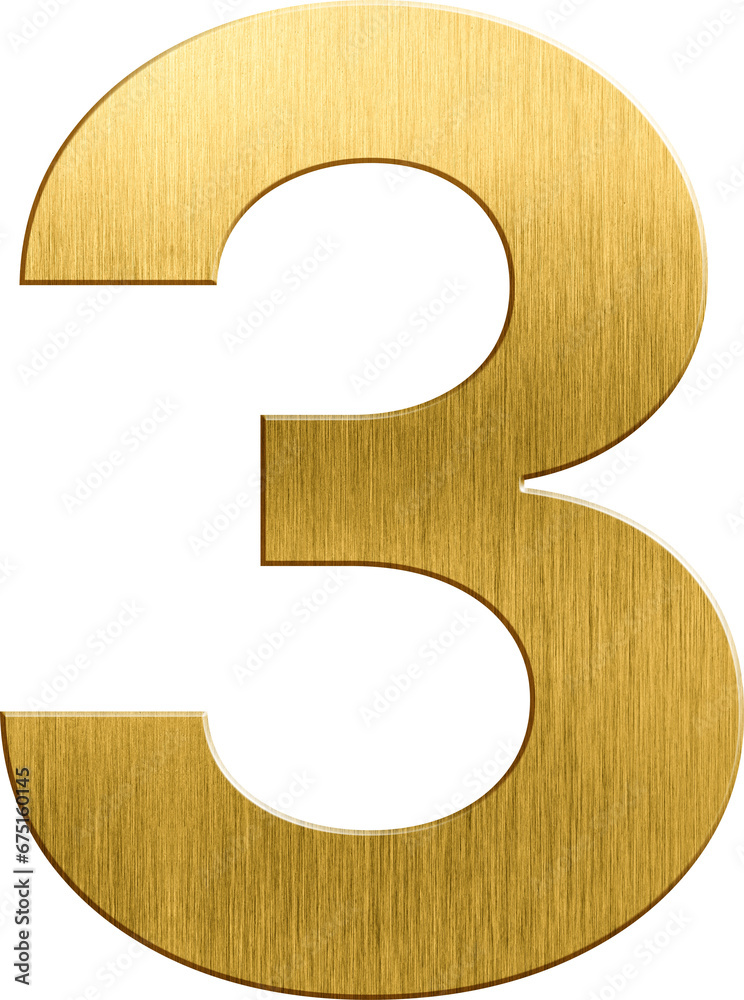
The decision to purchase a 3.8L Jeep engine typically arises from a few key situations:
- Engine Replacement Due to Failure: This is the most common reason. A catastrophic failure (e.g., thrown rod, severe overheating, hydro-lock) often necessitates a full engine replacement.
- High Mileage Refresh: Your existing 3.8L might still be running, but it’s showing signs of extreme wear – excessive oil consumption, loss of power, persistent knocking, or poor compression. Replacing it with a lower-mileage used or remanufactured unit can breathe new life into your Jeep.
- Restoration or Project Build: For purists restoring an early JK to original specifications, or for those building a custom rig that still utilizes the 3.8L platform, sourcing a good engine is paramount.
- Cost-Effectiveness: Compared to performing a complex engine rebuild (which can sometimes be more expensive than a replacement) or undertaking a costly engine swap to a different platform (like a Hemi or LS engine), replacing your 3.8L with another 3.8L is often the most budget-friendly solution to get your JK back on the road.

Types of 3.8L Jeep Engines For Sale
When searching for a 3.8L Jeep engine, you’ll generally encounter three main categories, each with its own set of pros and cons:
-
Used Engines (Salvage/Junkyard):
- Description: These are engines pulled from wrecked or decommissioned vehicles. They are sold "as-is" with varying mileage and unknown histories.
- Pros: Cheapest option by far. Can be found relatively easily from local salvage yards or online parts recyclers.
- Cons: Highest risk. No warranty (or very limited), unknown internal condition, potential for hidden damage, and wear. You’re buying someone else’s problem, potentially.
- Tips: If considering a used engine, ask for a video of it running, compression test results, and photos of the oil pan (for sludge) and spark plugs. Get the VIN of the donor vehicle if possible to check its history.
-
Rebuilt/Remanufactured Engines:
- Description: These engines have been disassembled, inspected, and had worn or damaged components replaced with new or reconditioned parts (e.g., new pistons, rings, bearings, gaskets, seals). They are then reassembled to meet or exceed original factory specifications.
- Pros: Significant improvement in reliability over used engines. Often come with a warranty (e.g., 1-3 years, unlimited mileage). You’re essentially getting a "like-new" engine.
- Cons: More expensive than used engines. Price varies significantly based on the rebuilder’s reputation and the extent of the rebuild.
- Tips: Choose a reputable rebuilder (e.g., Jasper Engines, ATK, local established machine shops). Understand the warranty terms thoroughly (what it covers, duration, labor reimbursement). Confirm what’s included (long block, dressed, etc.).
-
New Crate Engines (Very Rare for 3.8L):
- Description: These are brand-new engines straight from the manufacturer (Mopar) or a licensed supplier. For the 3.8L, true "new" crate engines are virtually non-existent directly from Mopar anymore. What are often marketed as "new" are typically high-quality, fully remanufactured units.
- Pros: Ultimate peace of mind, full factory warranty (if available), no wear, guaranteed quality.
- Cons: Most expensive option. Availability is extremely limited, and they will likely be top-tier remanufactured units rather than truly "new" from the factory.
- Tips: If you find one advertised as "new," verify its origin and warranty details meticulously. It’s more likely a premium remanufactured unit.
Where to Find a 3.8L Jeep Engine For Sale
The search for a 3.8L engine can lead you to various sources, each with its own advantages:
- Online Marketplaces: Websites like eBay Motors, Craigslist, and Facebook Marketplace are popular for finding used engines from private sellers or smaller shops. Exercise caution and verify seller credibility.
- Specialized Engine Suppliers: Companies like LKQ, Jasper Engines, ATK Engines, and Powertrain Products specialize in selling used, rebuilt, and remanufactured engines. They often have extensive inventories and offer warranties.
- Local Auto Parts Stores: Chains like NAPA Auto Parts, AutoZone, and Advance Auto Parts often partner with remanufacturing companies and can order engines for you.
- Salvage Yards/Junkyards: Your local salvage yards are excellent places to find used engines, especially if you can inspect them in person. Many larger yards also list their inventory online.
- Jeep Forums & Enthusiast Groups: Online communities like JK-Forum, JL Wrangler Forums (with a JK section), and various Facebook groups can be great for finding engines from fellow enthusiasts, sometimes at a fair price.
- Dealerships: While less common for used engines, a Mopar dealership can order new (remanufactured) crate engines, albeit at a premium price.
Key Considerations Before Buying
Before you hand over your hard-earned cash, thorough due diligence is essential:
- Compatibility: Ensure the engine is specifically for the 2007-2011 Jeep Wrangler JK. While the 3.8L was used in minivans, there might be subtle differences in accessories or mounts that could complicate installation in a JK. Always verify the year and application.
- Mileage and Condition (for Used): For used engines, lower mileage is generally better. Ask for detailed photos and videos, and if possible, conduct a pre-purchase inspection or get a compression test report. Look for signs of neglect, rust, or damage.
- Warranty: This is paramount, especially for rebuilt/remanufactured engines. Understand what the warranty covers (parts, labor), its duration, and any conditions that might void it. A good warranty offers peace of mind.
- Completeness (Long Block vs. Dressed):
- Long Block: Typically includes the engine block, crankshaft, pistons, connecting rods, cylinder heads, camshaft, and valvetrain. It does not include external accessories.
- Dressed Engine (or Turn-Key): Includes the long block plus many external components like the intake manifold, exhaust manifolds, throttle body, fuel injectors, sensors, water pump, alternator, power steering pump, and sometimes even the starter.
- A dressed engine is more expensive but saves you the hassle and cost of swapping all accessories from your old engine.
- Shipping Costs and Logistics: Engines are heavy and bulky. Factor in significant shipping costs if buying from a distant seller. Confirm crating requirements and liftgate delivery options if needed.
- Seller Reputation: Check reviews, ask for references, and ensure the seller has a good track record. Communication is key – a responsive and transparent seller is a good sign.
- Your Budget: Set a realistic budget that includes not just the engine cost, but also shipping, potential core charges, and installation labor.
- Installation: Decide whether you’ll perform the installation yourself or hire a professional mechanic. Get quotes for labor costs beforehand.
Practical Advice for a Successful Purchase
- Do Your Homework: Research different sellers and engine types. Read reviews and compare prices.
- Ask Lots of Questions: Don’t hesitate to ask detailed questions about the engine’s history, condition, warranty, and what’s included. Get everything in writing.
- Inspect Thoroughly (if possible): If buying locally, visually inspect the engine for cracks, leaks, missing parts, or signs of extreme wear. Check fluid levels and color if possible.
- Factor in Ancillary Costs: Remember to budget for new gaskets, fluids, spark plugs, belts, hoses, and potentially a new water pump or thermostat if they aren’t included with your chosen engine.
- Core Charge: Many remanufactured engine sellers will charge a "core charge" upfront, which is refunded when you return your old engine. Factor this into your initial outlay.
- Document Everything: Keep all communication, invoices, and warranty documents in a safe place.
3.8 Jeep Engine For Sale: Estimated Price Table
Prices can vary significantly based on location, seller, mileage, and included components. This table provides a general estimate.
| Engine Type | Condition / Completeness | Estimated Price Range (USD) | Typical Warranty | Notes / Considerations |
|---|---|---|---|---|
| Used Engine | Salvage / Long Block | $800 – $1,800 | As-is to 30-90 days | Highest risk, unknown history, inspect thoroughly. |
| Rebuilt / Remanufactured | Standard Long Block | $2,000 – $3,500 | 1-3 years / unlimited | Common choice, good balance of cost and reliability. |
| Rebuilt / Remanufactured | Dressed Long Block | $3,000 – $4,500+ | 1-3 years / unlimited | Includes more accessories, less hassle during installation. |
| "New" Crate Engine | Premium Remanufactured | $4,500 – $6,000+ | 3+ years / unlimited | Rarest and most expensive, often a top-tier remanufactured unit. |
Note: Prices do not include shipping costs, core charges, or installation labor.
Frequently Asked Questions (FAQ)
Q1: What years did the 3.8L engine come in the JK Wrangler?
A1: The 3.8L V6 was used in the Jeep Wrangler JK from the 2007 model year through the 2011 model year.
Q2: Is the 3.8L a reliable engine?
A2: Generally, yes, with proper maintenance. While it’s known for being somewhat underpowered for the JK’s weight and can exhibit oil consumption in some units, many owners report high mileage and dependable service. Regular oil changes and addressing common issues like exhaust manifold bolts are key.
Q3: What’s the difference between a long block and a dressed engine?
A3: A long block includes the basic engine assembly (block, heads, crankshaft, pistons, camshaft, valvetrain) but no external components. A dressed engine (or turn-key) includes the long block plus many accessories like the intake manifold, throttle body, fuel injectors, sensors, water pump, and sometimes alternator or power steering pump.
Q4: Can I upgrade my 3.8L engine for more power?
A4: While bolt-on upgrades like cold air intakes, exhaust systems, and tuners exist, the gains are typically modest. Some owners opt for superchargers, which can significantly boost power but are a considerable investment. For substantial power increases, many choose to swap to a different engine (e.g., Hemi, LS).
Q5: How much does it cost to install a 3.8L engine?
A5: Installation costs vary widely based on labor rates in your area and the complexity of the job. Expect labor costs to range from $800 to $2,000 or more. This is in addition to the engine cost itself and any new parts needed for the swap (gaskets, fluids, etc.).
Q6: What are common issues with the 3.8L engine to look out for?
A6: Common issues include oil consumption (often minor but worth monitoring), exhaust manifold bolt failures (leading to ticking noises), and occasional head gasket leaks in older, high-mileage units. When buying a used engine, inquire about these potential problems.
Conclusion
Finding the right 3.8 Jeep engine for sale is a significant undertaking that requires careful consideration and thorough research. By understanding the types of engines available, knowing where to look, and being diligent in your pre-purchase inspection and questioning, you can make an informed decision. Whether you opt for a budget-friendly used engine or invest in a warrantied remanufactured unit, a successful purchase will breathe new life into your beloved Jeep Wrangler JK, ensuring many more miles of adventure on and off the road.

